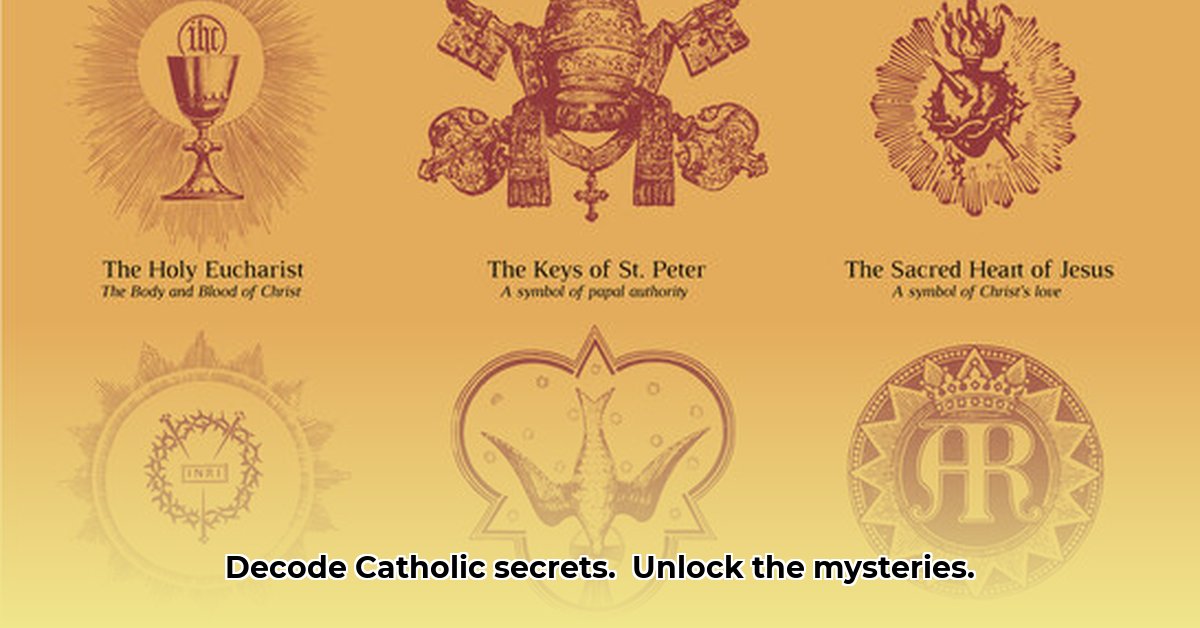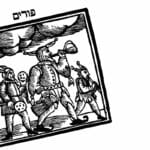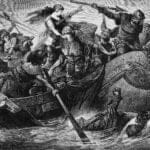Ever noticed all those amazing symbols in Catholic churches and traditions? From the big crucifix to the little rosary beads, they’re more than just decorations – they’re a whole language, telling the story of the Catholic faith. This guide explores the meaning, origins, and importance of Catholic symbols, offering easy-to-understand explanations even for those unfamiliar with Catholicism, revealing the hidden meanings and enriching appreciation for this faith. For more on crosses, see this page on the St. James Cross.
Catholic Symbols: A Deep Dive Guide
Catholicism, with its millennia-long history, employs a vibrant array of symbols to articulate its fundamental beliefs and practices. These symbols provide entry points for understanding faith, history, and devotion. Let’s examine some of the prominent Catholic symbols and their spiritual importance, discovering the power of visual representation in Catholicism.
The Cross and Crucifix: Sacrifice and Redemption
The cross, universally recognized, signifies Jesus Christ’s sacrifice and resurrection, cornerstones of Christian doctrine. The crucifix, which includes the body of Christ, further emphasizes His sacrifice. This visual representation serves as a constant reminder of this crucial moment. Beyond its simple form, diverse cross variations exist, each possessing unique historical and symbolic weight. The Latin cross, Celtic cross, and Ankh each narrate distinct regional, temporal, and theological stories. This simple design effectively conveys immense meaning across cultures and generations.
The Eucharist: A Living Connection with Christ
The Eucharist, also known as Holy Communion, represents a significant spiritual encounter with Christ. Catholics believe that during Mass, through transubstantiation, the bread and wine transform into the actual body and blood of Jesus, enabling a living connection. This goes beyond mere symbolism, offering a tangible link to the divine sacrifice on the cross. The consecrated host is venerated and reserved in the tabernacle, signifying Christ’s abiding presence. Many Catholics report profound feelings of peace and divine connection after participating in the Eucharist, underscoring the sacrament’s transformative potential.
The Sacred Heart: A Symbol of Divine Love and Compassion
The Sacred Heart of Jesus visually expresses God’s boundless compassion and love for humanity. Typically depicted as a heart engulfed in flames, often crowned with thorns and emitting rays of light, it embodies God’s unwavering mercy and forgiveness. This symbol gained particular prominence during periods marked by social upheaval and spiritual yearning, providing comfort and hope. Gazing upon the Sacred Heart, individuals often experience warmth and overwhelming love, demonstrating its profound emotional resonance. Devotion to the Sacred Heart often involves prayers and acts of reparation for the sins of humanity.
Mary, Mother of God: Model of Faith, Motherhood, and Intercession
Mary, Jesus’ mother, holds a central position in Catholic faith and symbolism. She has been rendered in countless artistic forms, from tender depictions of the Madonna and Child to the majestic Queen of Heaven. These portrayals reflect historical variations in cultures and theology of Mary’s role. Revered as the Mother of God, she serves not only as Jesus’ mother but also as an exemplar of faith, unwavering devotion, and compassionate motherhood. Catholics also believe she intercedes on behalf of believers. Different aspects of Mary’s life inspire different individuals; her unshakeable faith resonates with some, while her maternal love appeals to others. These interpretations highlight the diversity of perspectives regarding her image.
The Ichthys: A Secret Symbol of Early Christians
The Ichthys, or fish symbol, while seemingly simple, offers profound historical relevance. During early Christian persecution, it acted as a secret identifier. This symbol, easily sketched in the sand, represented a powerful bond between believers and the importance of the Christian identity. The Greek word “Ichthys” itself is an acronym for “Iēsous Christos, Theou Yios, Sōtēr,” which translates to “Jesus Christ, Son of God, Savior.” The understated nature underscores its historical significance, demonstrating the faith’s resilience when facing hardship.
The Chi-Rho: Symbol of Christ’s Name and Victory
The Chi-Rho is one of the earliest forms of christogram, formed by superimposing the first two letters Chi (Χ) and Rho (Ρ) of the Greek word “Christos” (ΧΡΙΣΤΟΣ). It’s a symbol of Christ and Christianity. Emperor Constantine adopted it for his army’s standard, associating it with victory. It represents Christ’s triumph over death.
Other Important Catholic Symbols: A Deeper Look
Additional Catholic symbols carry significant meaning within the faith beyond those mentioned. Let’s look at more symbols and discuss the role of these symbols.
| Symbol | Significance | Further Considerations |
|---|---|---|
| Dove | Represents the Holy Spirit, peace, and purity. | The dove’s gentle nature embodies the peace offered by God. |
| Lamb of God | Symbolizes Jesus Christ, his innocence, and his ultimate sacrifice. | The lamb’s meekness contrasts with the power of sacrifice. |
| Burning Bush | Signifies God’s divine presence and revelation. | The bush represents the miraculous nature of God’s power. |
| Halo | Indicates holiness and divinity. | The halo’s radiant glow highlights the divine light. |
| Rosary Beads | Used for prayer, meditation, and devotion to Mary. | The beads aid in focusing the mind on prayer and reflection. |
| Saint’s Iconography | Depictions of saints illustrate their lives and virtues. | Each saint’s imagery reflects their unique story and faith. |
| Alpha and Omega | God is the beginning and end, eternal. | First and last letters of the Greek alphabet. |
| Crosier | Bishop’s staff, symbolizes his role as shepherd. | He guides and protects his flock. |
| Keys of St. Peter | Papal authority, power to bind and loose. | Represents spiritual and earthly power. |
| Fleur-de-lis | Stylized lily associated with Mary, purity, Trinity. | Represents faith, wisdom, and purity. |
| Sacred Heart | Love of Jesus for humanity. | Radiating heart representing compassion. |
Grasping Catholic symbols entails understanding the historical, theological, and artistic influences that have molded their meanings over time. Each symbol offers a glimpse into the core beliefs of the Catholic faith, inviting a journey of spiritual reflection. Ongoing research continues to reveal new dimensions of these images and their roles in the lives of the faithful. The investigation into Catholic symbolism remains dynamic, rich, and nuanced.
How different Catholic symbols evolved over time
Catholic symbols have adapted and transformed alongside changing times and cultures, while key meanings have endured and shifted in expression and emphasis. Understanding this evolution deepens our appreciation for the visual language of faith.
Key Takeaways:
- Catholic symbols are not static; they have adapted and grown with changing times and cultures.
- Core meanings remain, but their expression and emphasis shift depending on the symbol of the Catholic faith.
- Visual representations, like the cross, reflect evolving theological understanding.
The Enduring Cross: From Instrument of Death to Symbol of Hope
The cross, Catholicism’s most recognizable symbol, originated as a representation of suffering and death. Over time, it transitioned into an emblem of Christ’s sacrifice and ultimate triumph over death, signifying redemption and rebirth. The simple wooden cross developed into the detailed crucifix, often depicting Christ’s body to further highlight His suffering. The placement of crosses evolved as well, from hidden catacombs to prominent displays in churches and homes.
The Dove: A Symbol of the Holy Spirit’s Ever-Present Grace
The dove also symbolizes the Holy Spirit, and its evolution illustrates the church’s expanding knowledge of the Trinity. Early artwork showed simplified birds, while later renditions captured peace and gentleness – mirroring the Spirit’s role in believers’ lives. Depictions have evolved to include flames or light emanating, further emphasizing the Holy Spirit’s divine power.
The Lamb: Innocence, Sacrifice, and the Divine
Representing Jesus as the “Lamb of God,” this image denotes innocence and sacrifice. Early artwork was rather simple, but as artistic expression developed, artists emphasized either gentleness or sacrifice. This representation reflected constant theological talks regarding Christ’s atonement. Artistic styles adapted, yet it maintained its core meaning. Depictions range from a simple lamb to the Agnus Dei, carrying a banner representing Christ’s resurrection.
The Ichthys: A Secret Symbol of Early Christians
The Ichthys, meaning “fish,” occupied a special place in the early church, operating as a secret symbol for Christians and recognizable through drawing. It transformed from acting as a simple sign to being more spread and highlighted the early Church’s growth. As persecution lessened, its usage moved from clandestine meetings to more overt displays of faith.
The Chi-Rho: A Monogram Representing Christ
Using the first two letters of “Christ” in Greek, the Chi-Rho monogram provides a great example of evolving symbolism. It started in the early church and emphasized Christ’s authority, the beginning and the end, when linked with alpha and omega. Styles of depiction evolved based on broader artistic trends while keeping key meanings. Its presence shifted from military standards to prominent displays in Christian art and architecture.
Mary: Variations in Depiction
Depictions of Mary changed from early, simpler representations to more elaborate and symbolic portrayals in Renaissance and Baroque art. Different titles and roles of Mary (Mother of God, Queen of Heaven) led to a variety of artistic styles.
The Ongoing Evolution of Catholic Symbolism
That said, Catholic symbolism mirrors the continuous journey of faith – a dynamic process that reflects theological understanding, creative
- Unveiling ancient roman busts: Values, history, & decor tips. - August 18, 2025
- Unlock Ancient Glamour: Roman Hairstyles, a Recreation Guide for Today’s Style Icons - August 18, 2025
- Rome’s Visual Legacy: Finding Authentic Ancient Rome Images and Pictures Today - August 18, 2025
















